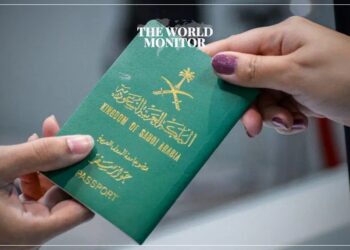The UK’s Africa Minister, Andrew Mitchell, has described the situation in Sudan as bearing “distinct signs of ethnic cleansing”, marking the first instance the British government has labeled the situation in this manner.
Abdel Fattah al-Burhan, a leader of the Sudanese Armed Forces (SAF) involved in the conflict, assured his cooperation with the International Criminal Court (ICC) to prosecute the offenders.
Much of the violence is attributed to militias tied to or supporting the Rapid Support Forces (RSF), a paramilitary faction in contention with the SAF for dominance over Sudan. However, the RSF denies any involvement in the regional violence and is advocating for an impartial international inquiry.
Research on the conflict is being conducted by the Centre for Information Resilience (CIR), partly funded by the UK government.
They employ NASA’s heat-detection technology to spot fires, analyze satellite imagery for signs of burned structures, and corroborate this with geolocated social media images from the ground.
An example of their work is the identification of fires in Amarjadeed, a southern Darfur village, using both NASA and satellite images from 18 September to 9 October.
CIR’s methodologies were further exemplified when they tracked a militia group’s attack on several villages on 16 August. The group used NASA technology to pinpoint fire locations, and satellite images to associate fires with settlements and then matched this data with social media content from western Sudan that showcased militia actions.
They even identified some militia members as part of the Bani Halba Arab group, known to have ties with the RSF, through distinctive white ribbons they wore.
“The scale of what we’ve been able to document is bigger than what we’ve ever seen before,” says Ben Strick, CIR’s director of investigations.
“We’ve documented 89 fires, which damaged 68 villages since 15 April, which is a huge amount. In some of these, it is small buildings that have been targeted. But in some of them, whole villages have been wiped out. That scale is enormous when we think upon the impact on civilians.
“What we’re seeing is a pattern of abuses, a pattern of villages being burnt, one after the other, specifically in Darfur, which is where we’re seeing some of the heaviest violence outside of Khartoum.”






